Alright! Put on the garden clogs, or in my case, the reliable Chacos, and head on out the yard with your favorite beverage (coffee, tea, water, wine, etc) in hand. Time to survey the land.
Now that you’ve determined that you indeed want to garden and recognize that it’s going to take time to establish your dream garden, you need to figure out where to put this garden. As you consider a site and sip your coffee, let me echo the advice of Carole from Garden Up Green: start small. And the advice of Melissa, Empress of Dirt in Canada: one or two well-planned, beautiful beds are better and more sustainable than 5-10 poorly planned and planted ones.
Unfortunately, since we’re not standing in your yard together chatting about your vision, soil quality, or what-not, I’m rather limited in my ability to help. I can’t tell you or help you figure out where to put said garden beyond sharing the basic principles I’ve uncovered in my cottage gardening adventures. Hence, this site selection post charts the development of my kitchen/herb garden over the last 4 years, from the bare bones, yucky building phase, to the last several years of production and bloom; my hope is that it informs your own process as you develop your gardens.
The site: A BEFORE (obviously!)
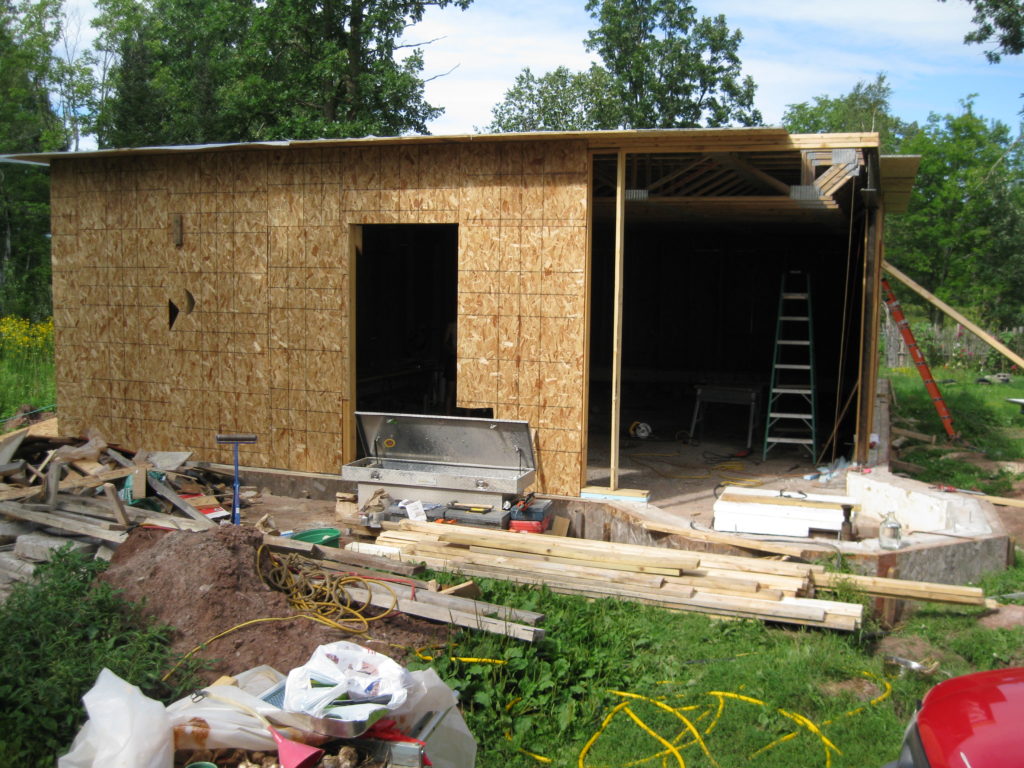
An AFTER (also obvious, I hope! ; ) )
As I considered establishing a kitchen garden, I considered the following ideas:
What do I want from this garden?
Figuring out what you really want–food, flowers, fragrance, privacy, or other things–defines how everything else looks and proceeds. For myself, I wanted a kitchen garden, which by definition is close to the house, full of herbs, vegetables, edible flowers, a combination of self-seeding annuals (easy and cheap!), and perennials.
Given those goals, where is the best place for this space?
The fact that I wanted a kitchen garden made the site easy to identify. Near the house and the French doors to allow easy and convenient access.
For you, if you’re not itching for a kitchen garden–at least not yet!–consider starting with a border garden. An established edge, a fence, a wall or something similar creates the framework/backdrop and can help you figure out where to put various plants. Here’s the image I shared in Entry # 1:

Avoid putting a garden in the middle of nowhere, unconnected to any other area in your yard. Sometimes newbie flower gardeners pick a spot without thinking about how it might connect to future spaces–this is where developing and loving one garden helps you see the next garden space. Again, take the long view. Circular gardens tend to be tricky, too, so try to avoid those, at least at first.
What are the site conditions, e.g., how much sun or shade does the site receive? Are there items-rocks, trees, etc, that need to be removed prior to establishing the garden? Is it level? Does that matter, given what you want from the space?
The herbs and flowers (basil, cilantro, parsley and others) that I wanted to plant required full to partial sun, so I knew I needed a site that embodied those conditions. The then prospective site also received warm, southern sun–very important in coldish, northern WI. Furthermore, it was also flat–important to me in this instance–though it’s not in every garden that I develop.
We removed all the building debris prior to establishing the garden space, though because we’re DIYers to the core and had small children and jobs and were still building the house, it took us about a year to start the herb garden. The wait just about killed me!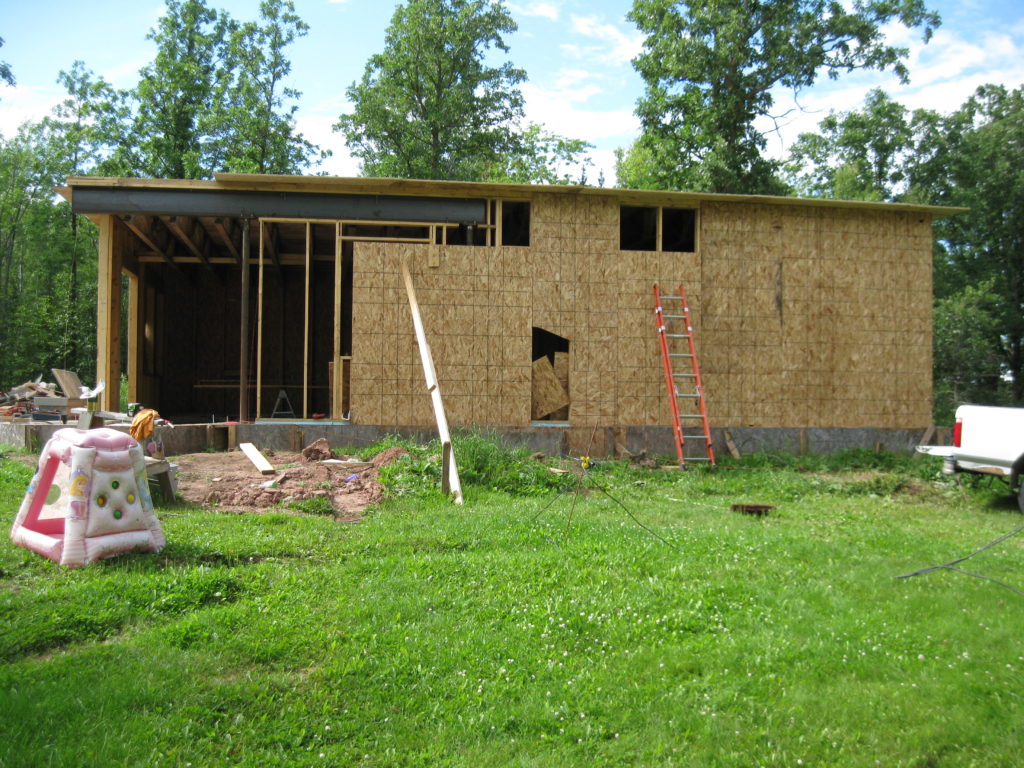
Once you’ve settled on a site, it’s time to determine the shape and placement of the bed(s). In terms of shape, I tend to prefer long, curving, organic lines in my gardens, like this one from Carlene of Organized Clutter. This garden is a study in composition, plant selection, color combinations, and garden art, etc. Definitely check out her blog post for some gold gardening advice, too.
However, while curving lines are lovely, whimsical, and my preferred form, straight border gardens have their place as well. Take my kitchen garden for example:
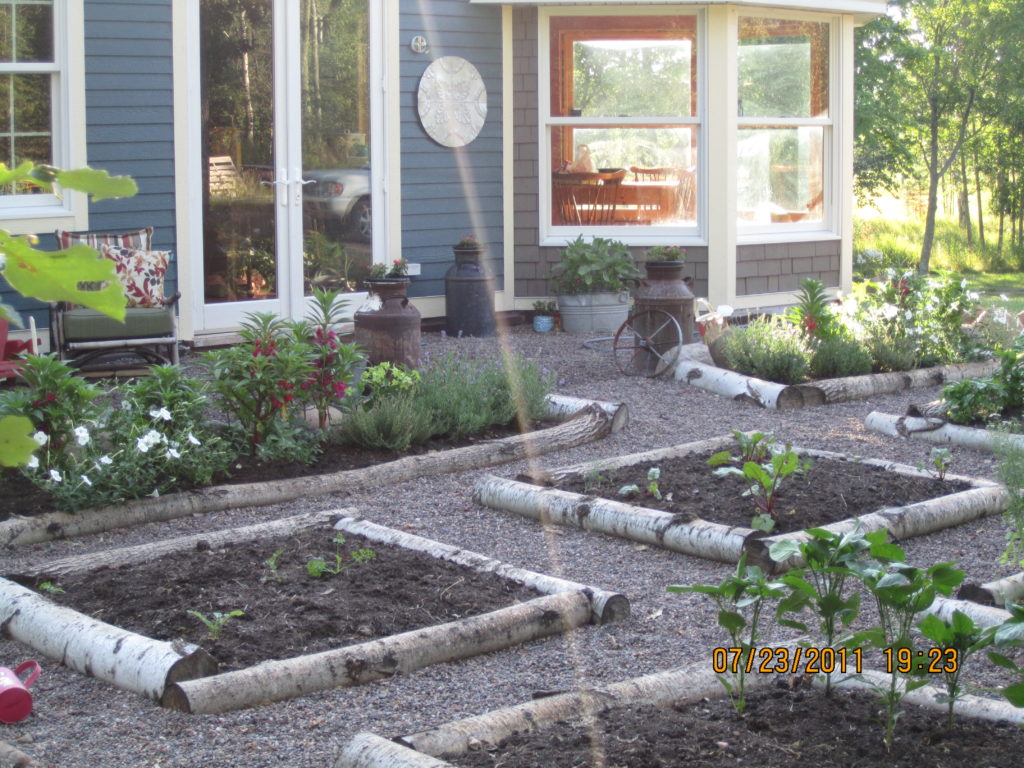
And some other, more recent images:
We created the kitchen garden using 9 separate beds, to grow different things, but made the beds all part of the same garden space/area by unifying the garden with pea gravel paths. Take heart: it’ll all come together, I promise.
Whew! That was a lot. Thanks for hanging in there. If you have any questions, let me know, and I’ll do my best to help you out. And if you garden anything like I do, your coffee is now cold, filled with dirt, and generally gross and undrinkable.
Want to read the other posts in the series? Check out Entry # 1, Entry # 2, Entry # 4, Entry # 5, and Entry # 6. Next up: soil preparation!
POSTSCRIPT: Hometalk asked me to curate a board highlighting ways to garden affordably, so obviously, I accepted the challenge. They even made me a pinnable graphic! Check it out for some AWESOME ideas on how to save while still creating a beautiful garden space.
Happy gardening!

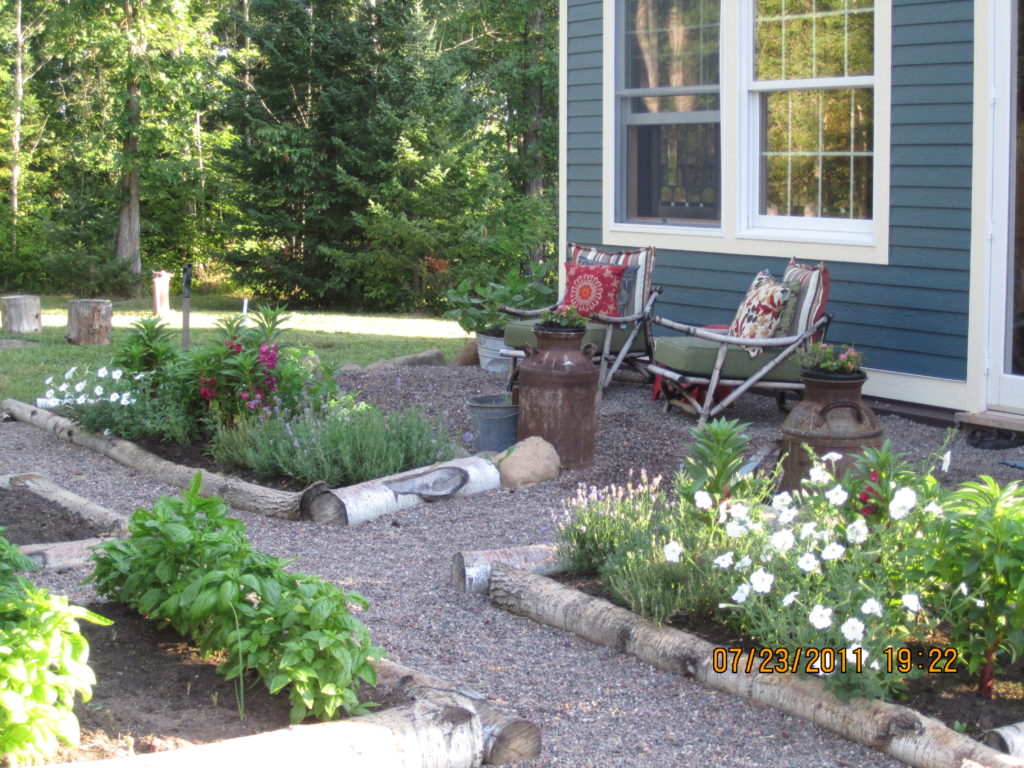
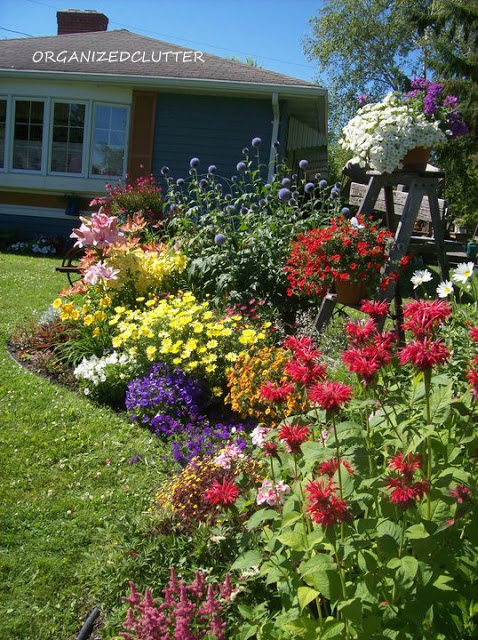
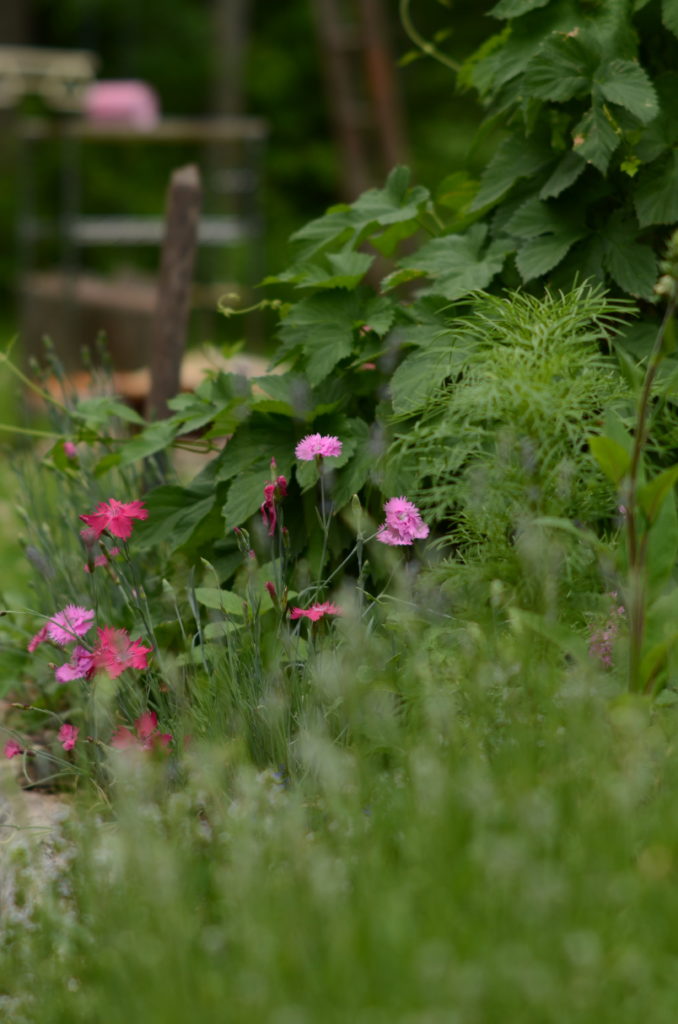
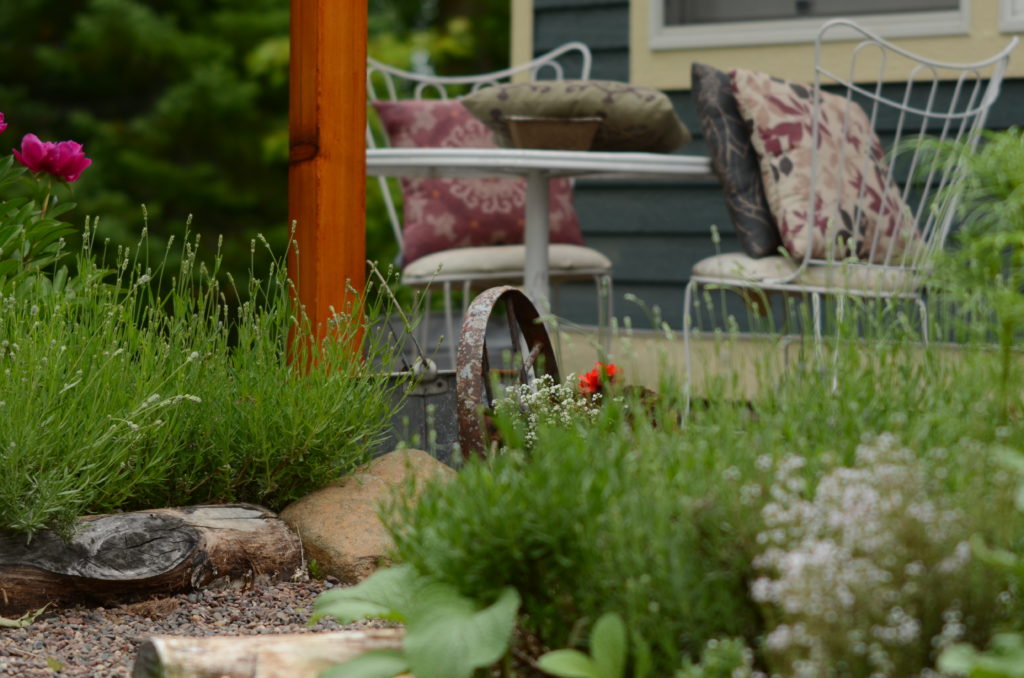
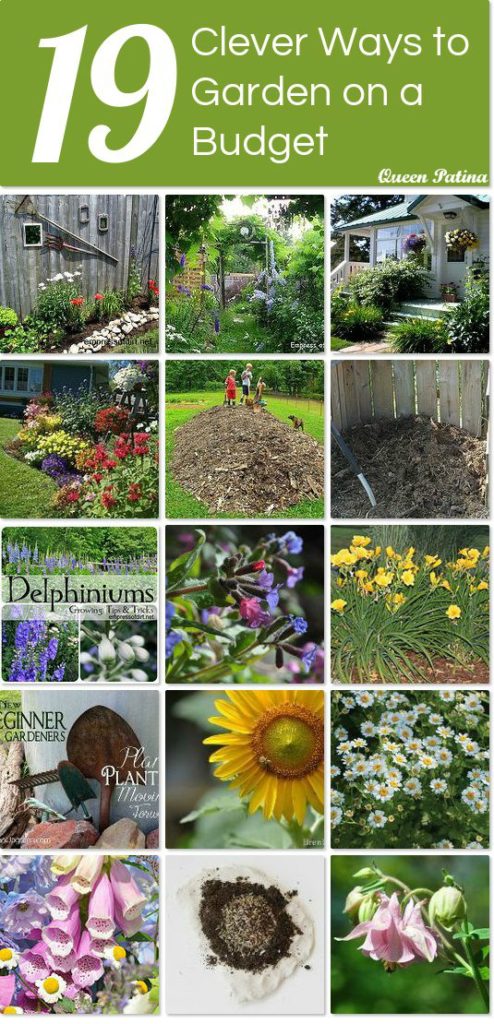
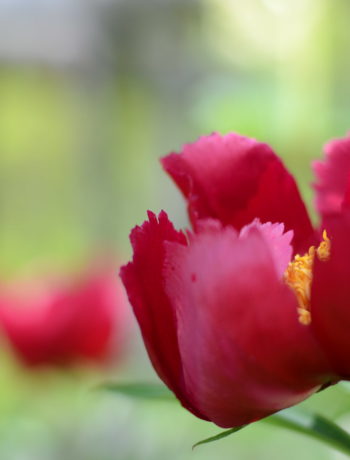
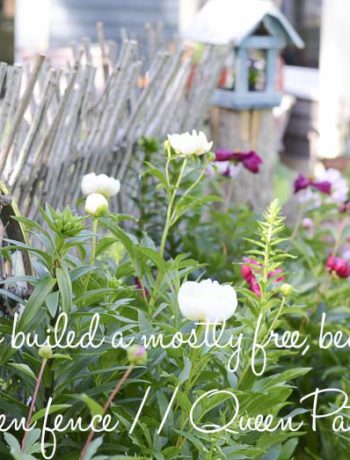
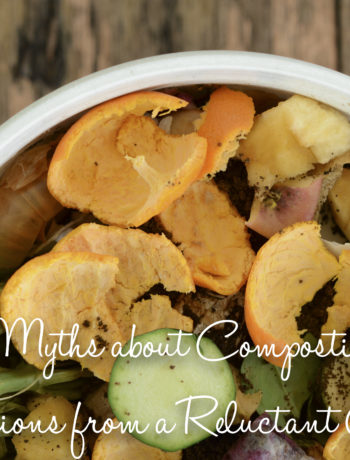
2 Comments
Christina
September 25, 2015 at 2:23 AMcatching up on some gardening posts I’ve missed! Our yard is a serious disaster and we just bought a stockpile of bulbs that need to be planted soon. I want to think through the design before start planting…..
queen patina
September 26, 2015 at 7:21 PMThanks for stopping in, Christina! 🙂 I still need to write that last post…